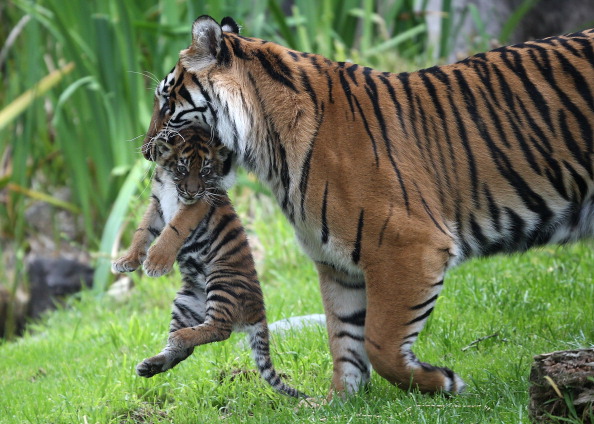
Though it looks like Tiger Woods isn’t returning from professional golf extinction any time soon, real tigers are bouncing back! After a century of constant decline, the World Wildlife Fund is reporting that global wild tiger populations are on the rise (note: this is a big deal). Recent data found that around 3,890 tigers now exist in the wild compared to just 3,200 six years ago.
The increases in numbers can be attributed to rising tiger populations in countries such as India, Russia, Nepal, and Bhutan along with improved surveys and enhanced protection of the species. (Yes, contrary to the images in our heads, tigers do live in cold snowy places like Nepal and Russia.)
While the news is of course encouraging, we should be reluctant to celebrate because there is still an enormous amount of work to do. The WWF set a goal of doubling wild tiger numbers by 2022 and with the help of governments, local communities, philanthropists and other NGO’s, that goal is looking more and more attainable.

Tigers face constant hazards such as poaching and habitat loss. As a species, tigers have lost nearly 97 percent of their wild population in the last 100 years. Part of the reason for this decline is that every inch of the tiger is valuable in illegal wildlife markets. Though the growing numbers look promising, poaching and deforestation in other areas of the globe like Southeast Asia are still contributing to the species’ endangerment.
As the governments of countries who pledged to protect tiger populations come together this month to reevaluate growth, we can also continue to advocate for support by doing a few things. Make sure to shop smart and buy products that are deforestation free, donate to tiger conservation, and support AZA accredited zoos.

(Via WWF)






